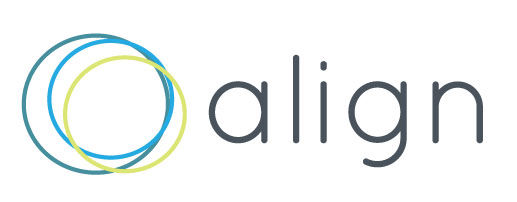Selling and Being Differentiated
If you’re in Sales, you need to have a good answer to ‘why would I choose yours over my other options?’ The answer is the essence of what differentiates your product. Thing is, many products are really not that differentiated. So, what makes your offer stand out? Is it the product or the sales process???
So often, when I ask sales reps or others in business development about what differentiates their offer, they say things like ‘our commitment to our customers’ or ‘great service,’ or worse yet ‘trusting relationships with our clients.’ These answers are so vanilla that they are not helpful at all. Please stop saying this. Anyone selling should score an ‘A’ on those factors and consider it a basic prerequisite for doing business together. There must be an answer that aligns with the things that are important to your customers.
Thinking in terms of a business model and strategy are a good way to help identify what differentiates your product if it is not already obvious - and meaningful. I can help you think about your business model, your prospect’s business model and how to frame what differentiates your offer. Further, if you don’t know what gives your business a competitive advantage in the market—and how to use this to substantiate what differentiates you, then I can help! I’ve got some workshops on this coming up. The key is thinking in terms of business model and strategy—not product and marketing alone. (PS, it's possible your business model and strategy may need an update, but more on that later.)
I’m pleased to be partnering with Mark Birch, Donna Valente and the Enterprise Sales Institute to offer sessions that will help sales leaders think differently about how they frame their offer.
Join me on Nov 30 or Dec 15- online or in Philadelphia. Learn more about the Enterprise Sales Institute and these upcoming sessions here.
I welcome your feedback – endorsements or challenges, and some examples of what differentiates your offer!

